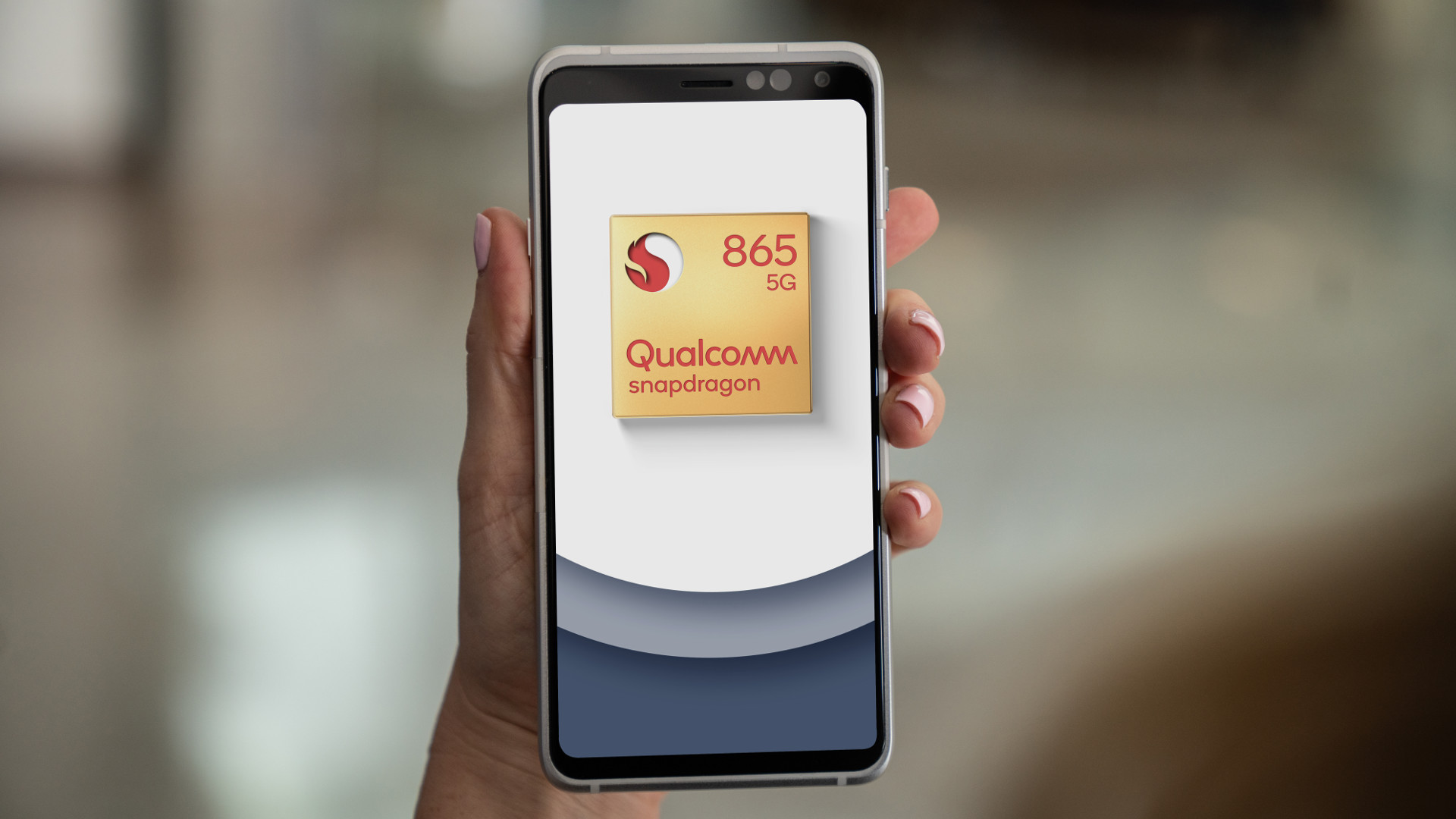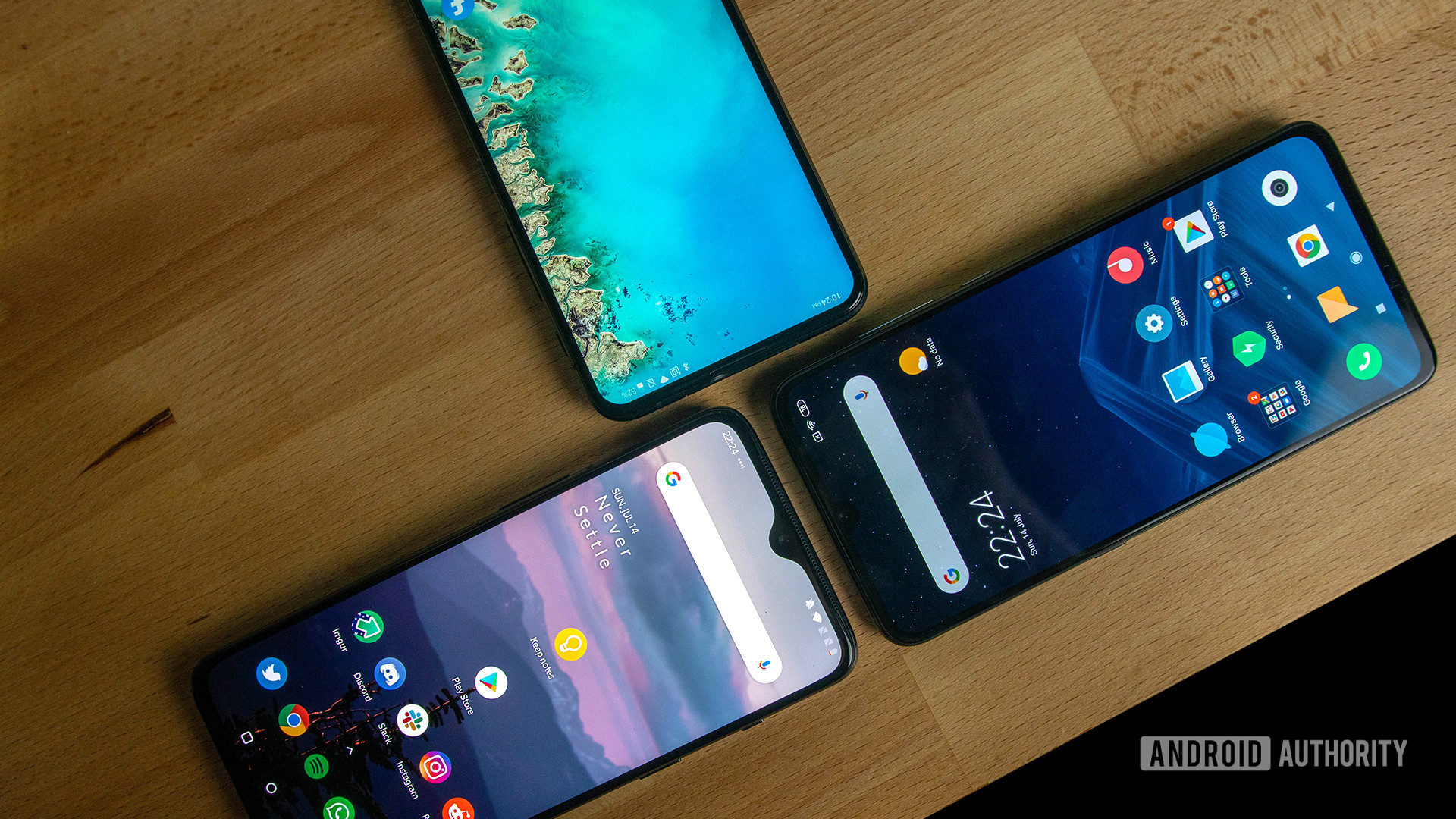2020 is shaping up to be a very mixed year for flagship phones, with impressive spec sheets and features coming at a major cost. This comes as the Snapdragon 865 is apparently significantly more expensive than high-end mobile silicon from previous years. Fortunately, there were loads of fantastic flagships launched last year that are still worth considering today! Here are the best 2019 flagship phones you should still consider buying in 2020.
Best 2019 flagship phones in 2020:
1. Asus Zenfone 6
The Asus Zenfone 6 was a fantastic deal for $500 last year, and it’s still a great deal in 2020. Sure, it doesn’t have an IP rating or super-fast charging, but there’s plenty more to like about this device.
Arguably the standout feature is the unique camera mechanism, with the 48MP and 13MP ultra-wide rear cameras flipping over to handle selfie duties. It makes for a crowd-pleasing yet practical feature, and you can even take panoramas without moving the phone due to the mechanism being motorized.
The rest of the phone is mostly high-end too, delivering a Snapdragon 855 processor, 6.4-inch FHD+ LCD screen, 5,000mAh battery, a headphone port, and a shortcut button.
Looking for a more impressive device? Then the Asus ROG Phone 2 has you covered, featuring a Snapdragon 855 Plus chipset, a 6,000mAh battery, and capacitive shoulder triggers.
Asus Zenfone 6 specs
- Display: 6.4-inch, FHD+
- SoC: Snapdragon 855
- RAM: 6/8GB
- Storage: 64/256GB
- Cameras: 48MP main and 13MP ultra-wide
- Front camera: same as main cameras
- Battery: 5,000mAh
- Software: Android 10
2. Huawei P30 series
The Huawei P30 series was the last P series flagship to offer Google Mobile Services, as all Huawei flagships after this rely on Huawei services and workarounds instead. But you’re still getting a capable 2019 flagship in 2020, especially if you opt for the P30 Pro.
Both phones share a 40MP RYYB main camera, Kirin 980 processor, and OLED screen with in-display fingerprint sensor. But Huawei’s Pro model is clearly the better device, being one of the first devices to offer a 5x zoom periscope camera, for one. Other noteworthy Pro features include a 4,200mAh battery with 40W charging, 27W wireless charging, and IP68 resistance.
The standard P30 is no a slouch though, delivering a 3,650mAh battery, flexible triple rear cameras (normal/wide/telephoto), IP53 splash resistance, and a headphone port.
Huawei P30 Pro specs
- Display: 6.47-inch, FHD+
- SoC: Kirin 980
- RAM: 6/8GB
- Storage: 128/256/512GB
- Cameras: 40MP main, 20MP ultra-wide, and 8MP periscope
- Front camera: 32MP
- Battery: 4,200mAh
- Software: Android 10
Huawei P30 specs
- Display: 6.1-inch, FHD+
- SoC: Kirin 980
- RAM: 6/8GB
- Storage: 64/128/256GB
- Cameras: 40MP main, 16MP ultra-wide, 8MP telephoto
- Front camera: 32MP
- Battery: 3,650mAh
- Software: Android 10
3. Honor 20 Pro
What happens if you take a Huawei P30 and make a few tweaks? Well, you end up with the Honor 20 Pro, featuring a different design and some interesting changes.
Some of the more notable changes include a bigger battery, the presence of a macro camera, an LCD screen, a side-mounted fingerprint scanner, 256GB of storage for all models, and a 48MP main camera instead of a 40MP RYYB sensor.
Otherwise, the Honor 20 Pro maintains the P30’s Kirin 980 chipset, 8MP 3x telephoto camera, 32MP selfie camera, and 22.5W wired charging (no wireless topups here either). So if you want flagship power and a bigger battery, this might be worth checking out.
Honor 20 Pro specs
- Display: 6.26-inch, FHD+
- SoC: Kirin 980
- RAM: 8GB
- Storage: 256GB
- Cameras: 48MP main, 16MP ultra-wide, 8MP telephoto, and 2MP macro
- Front camera: 32MP
- Battery: 4,000mAh
- Software: Android 10
4. LG G8
The LG G8 launched at between $620 and $850 last year, but it’s now settled at $600 on the likes of Amazon. Either way, you’re getting a lot of phone for the price.
Read: LG V60 review — Stepping forward and sideways at the same time
LG’s early 2019 flagship ticks loads of boxes for a premium device, namely a Snapdragon 855 processor, IP68 water resistance, wireless charging, and a QHD+ OLED screen. And yes, LG continues to offer a headphone port on its premium devices.
There are a few downsides to this device though, namely its battery (3,500mAh is a little on the small side), the lack of a telephoto rear camera (get the G8s for that), and the gimmicky Air Motion and hand recognition features enabled by the 3D ToF sensor.
LG G8 specs
- Display: 6.1-inch, QHD+
- SoC: Snapdragon 855
- RAM: 6GB
- Storage: 128GB
- Cameras: 12MP main and 16MP ultra-wide
- Front camera: 8MP and 3D ToF
- Battery: 3,500mAh
- Software: Android 10
5. OnePlus 7T
The OnePlus 7T can stake a claim to being one of the best 2019 flagships, offering a ton of features for just $500. You’ve got a 90Hz FHD+ OLED screen, 30W fast charging for the 3,800mAh battery, and a versatile triple camera setup.
In fact, the OnePlus 7T shares plenty in common with the OnePlus 8, and we’d still recommend you get the 2019 device if you don’t mind the older chipset and lack of 5G.
Like the idea of the OnePlus 7T but want a different design? Then the OnePlus 7 Pro might be for you, offering similar specs but adding a pop-up camera and proper full-screen design.
OnePlus 7T specs
- Display: 6.55-inch, FHD+
- SoC: Snapdragon 855 Plus
- RAM: 8GB
- Storage: 128GB
- Cameras: 48MP main, 16MP ultra-wide, 12MP telephoto
- Front camera: 16MP
- Battery: 3,800mAh
- Software: Android 10
6. Realme X2 Pro
Realme launched its first flagship last year, and it was up there as one of the best affordable flagships of 2019. The Realme X2 Pro delivers all the expected core specs, namely a Snapdragon 855 Plus chipset, 4,000mAh battery, and quad rear cameras.
However, Realme’s device also offers a number of features you’re not guaranteed to get in a 2019 flagship. There’s 50W wired charging (topping up your phone in just over 30 minutes), a 90Hz refresh rate, and a headphone port.
The phone launched at €449 (~$493), and is currently available via Realme’s website for €389 (~$427) as of writing. But it’s still a great deal at its original price.
Realme X2 Pro specs
- Display: 6.5-inch, FHD+
- SoC: Snapdragon 855 Plus
- RAM: 6/8/12GB
- Storage: 64/128/256GB
- Cameras: 64MP main, 13MP telephoto, 8MP ultra-wide, 2MP depth
- Front camera: 16MP
- Battery: 4,000mAh
- Software: Android 10
7. Samsung Galaxy S10 series
The Galaxy S10 family had something for everyone, and Samsung has slashed prices by $150 across the board now that the S20 series is out. So that means you can get a Galaxy S10 device from just $599, and even the cheapest S10 series phone has a lot to offer.
All of the S10 devices feature IP68 water and dust resistance, wireless charging (along with reverse wireless charging), a Snapdragon 855 or Exynos 9820 chipset, DeX support, and a 3.5mm port. But opt for the S10e and you get a dual rear camera setup, a sensibly sized screen (5.8-inches), a smaller battery, and a side-mounted fingerprint scanner.
The pricier Galaxy S10 and S10 Plus differ by having bigger screens, larger batteries, a third rear camera (2x telephoto), and in-display fingerprint sensors.
Samsung Galaxy S10e specs
- Display: 5.8-inch, FHD+
- SoC: Snapdragon 855 or Exynos 9820
- RAM: 6/8GB
- Storage: 128/256GB
- Cameras: 12MP main and 16MP ultra-wide
- Front camera: 10MP
- Battery: 3,100mAh
- Software: Android 10
Samsung Galaxy S10 specs
- Display: 6.1-inch, QHD+
- SoC: Snapdragon 855 or Exynos 9820
- RAM: 8GB
- Storage: 128/512GB
- Cameras: 12MP main, 12MP telephoto, and 16MP ultra-wide
- Front camera: 10MP
- Battery: 3,400mAh
- Software: Android 10
Samsung Galaxy S10 Plus specs
- Display: 6.4-inch, QHD+
- SoC: Snapdragon 855 or Exynos 9820
- RAM: 8/12GB
- Storage: 128 or 512GB/1TB
- Cameras: 12MP main, 12MP telephoto, and 16MP ultra-wide
- Front camera: 10MP main and 8MP depth
- Battery: 4,100mAh
- Software: Android 10
8. Xiaomi Mi 9T Pro
Xiaomi’s Mi 9 offered plenty of bang for your buck when it launched early last year, but the company outdid itself when it launched the Mi 9T Pro (aka the Redmi K20 Pro) in mid-2019.
Read: Xiaomi Mi 10 Pro review — Delivering the goods
The Mi 9T Pro differs from many other 2019 flagships by offering a pop-up selfie camera and full-screen design. Otherwise, you’ve got flagship power, a versatile rear camera setup, a 4,000mAh battery with 27W charging, and a 3.5mm port.
The only major downside is that Xiaomi has ceased production of the Redmi K20 Pro (and presumably the Mi 9T Pro, given that they’re the same device) in some parts of the world. So you might have to look around for the phone, or opt for the slightly less capable Mi 9T.
Xiaomi Mi 9T Pro specs
- Display: 6.39-inch, FHD+
- SoC: Snapdragon 855
- RAM: 6/8GB
- Storage: 64/128/256GB
- Cameras: 48MP main, 13MP ultra-wide, and 8MP telephoto
- Front camera: 20MP
- Battery: 4,000mAh
- Software: Android 10
That’s it for our look at the best 2019 flagships you can buy in 2020. We’ve got loads of other buyer’s guides worth checking out, with a few standout lists below:












